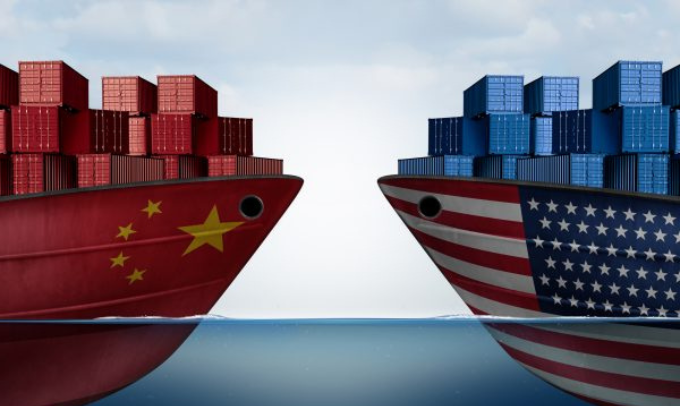US , Feb 1, 2025 The specter of a full-blown US-China Trade War looms large, casting a shadow over the global economy. The recent escalation, marked by President Trump’s imposition of tariffs on steel and aluminum imports, and China’s subsequent retaliatory measures, has amplified concerns about the future of international trade. Understanding the dynamics of this conflict is crucial for businesses and individuals alike.
President Trump’s decision to implement tariffs on steel and aluminum was rooted in the administration’s “America First” policy, aimed at protecting domestic industries. The move, however, triggered a swift and decisive response from China. In a clear demonstration of its resolve, China imposed tariffs of up to 15% on a range of American goods, including key agricultural products like cotton and soybeans.
The selection of these specific products was strategic. China’s tariffs targeted sectors that are vital to the American economy, particularly in states that are strong supporters of the Trump administration. This targeted approach highlights the intricate political and economic dimensions of the US-China Trade War.
The immediate impact of these tariffs has been felt across various industries. American farmers, for instance, have expressed concerns about the potential loss of access to the lucrative Chinese market. Similarly, manufacturers reliant on steel and aluminum have faced increased costs, potentially leading to higher prices for consumers.
Beyond the immediate economic repercussions, the US-China Trade War has also raised concerns about the broader implications for the global economy. The interconnected nature of modern trade means that disruptions in one region can have ripple effects worldwide. Increased trade barriers can lead to higher prices, reduced economic growth, and heightened uncertainty.
Moreover, the escalating tensions between the world’s two largest economies have created a climate of uncertainty for businesses. Companies are now faced with the challenge of navigating a complex and unpredictable trade landscape, which can hinder investment and long-term planning.
The US-China Trade War is not merely a bilateral dispute; it represents a fundamental challenge to the established norms of international trade. The principles of free trade and open markets, which have underpinned global economic growth for decades, are now being called into question.
The future trajectory of the US-China Trade War remains uncertain. Negotiations between the two countries are ongoing, but the path to a resolution is fraught with challenges. The outcome of these negotiations will have far-reaching consequences for the global economy, shaping the future of international trade for years to come.
In conclusion, the escalating US-China Trade War, characterized by tariffs and retaliatory measures, poses significant risks to the global economy. Understanding the complexities of this conflict is essential for navigating the challenges and uncertainties that lie ahead. Monitoring the developments closely and adapting to the evolving landscape will be crucial for businesses and policymakers alike.













